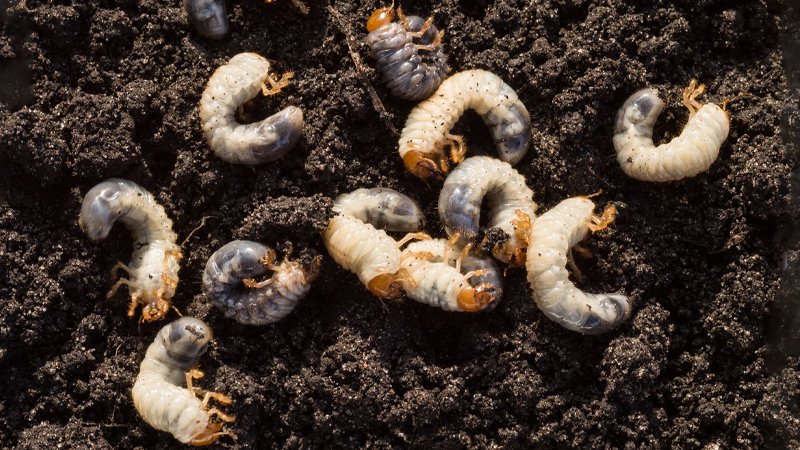If nothing else, Ohio might be the most "average" place on the planet. After all, it is where many restaurants and snack makers often go to test their products and gauge acceptance on a wider scale.
Several menu offerings from McDonald's, Taco Bell, Burger King and Wendy's often appear first in outlets around Columbus before they are available elsewhere, and when Lay's launched a barrage of new potato chip flavors a few years ago, they first were tested around Toledo.
This winter, however, the weather in Ohio, and elsewhere, has been anything but average.
With winter all but a rearview mirror memory, thoughts turn to the next challenge on the horizon for superintendents, including the upcoming grub season.
Is the warmer-than-average winter, that has been defined not only by unseasonable temperatures but also a lack of precipitation, a hint of things to come courtesy of white grubs?
According to research, warmer temperatures might bring grubs to the surface earlier in the year than usual, but conditions in spring, scientists say, are not related to enhanced grub populations and are not enough to promote a second generation in locations where one generation per year is the norm.

According to former University of Kentucky entomologist Dan Potter, Ph.D., there is no direct correlation between mild winters and increased grub populations.
According to Potter, the 2010 USGA Green Section Award recipient, grubs already come equipped with an ability to survive harsh winters as they overwinter buried deep into the soil as larvae, as well as an internal clock that tells them when it is time to pupate and emerge in late spring or early summer as adults. They might emerge sooner than later in years like 2024, but nothing suggests there will be any more of them.
"They are not going to freeze in cold weather either," Potter told TurfNet on the subject in the past. "They don't freeze at the same temperature as water. You can put them in the freezer and open it later and they will still be alive."
Ninety miles north of Potter's location in Cincinnati, the average daily high temperature in January is about 39 degrees Fahrenheit. In February, those daily highs range from 40 degrees on Feb. 1 to 47 degrees by the end of the month.
That was not the case this year. January temperatures this year in Cincinnati climbed above average on 19 of 31 days and exceeded 50 degrees four times. Deviations from normal temperatures were even more dramatic in February, when temperatures in Ohio's Queen City exceeded 50 degrees on 20 of 29 days, eclipsed 60 six times and 70 once.
What grubs do require to have a banner year is plenty of moisture in the soil. If conditions are too dry, the eggs laid last summer will not be viable.
Soil moisture levels of at least 10 percent in summer when adult beetles lay their eggs will go much farther than unseasonably warm conditions at ensuring a successful hatch.
Beetles also are adept at seeking out fertile territory for depositing their eggs. According to Potter, adult beetles seek out moist areas to lay their eggs and will mostly ignore those areas that are too dry. That is why they naturally seek out golf courses.
When there is plenty of rain in July and August there is always good egg survival, according to Potter. When there's drought, there is not good survival except on places like irrigated fairways and roughs.

